Denmark is the birthplace of Hans Christian Andersen and the country of the Little Mermaid statue and of course the happiest people in the world. But apart from these, there are many other facts that many do not know about this small country in the Scandinavian region.
Denmark is a beautiful country full of rich and captivating natural landscapes, wooden buildings, traditional cottages, stone and old churches, museums and galleries, palaces, castles and ancient mansions and monuments and buildings left from the Viking era, and a capital full of charm of ancient legends with It has a rich history, which is still ruled by a royal family as in ancient times. In addition, Denmark is a country that ranks high in most surveys about Denmark as the best countries to live in and the happiest people in the world. But how did such a small country with dark and cold winters become such a wonderful place to live and travel? In this article from tourismassist magazine, we are going to introduce this very beautiful and attractive country, stay with us:
What kind of country is Denmark?
Denmark, with the official name of the Kingdom of Denmark, is a country in Northern Europe that has two self-governing overseas territories of the Faroe Islands and Greenland in the North Atlantic Ocean. The population of Denmark is about 5.7 million people. The government of the Kingdom of Denmark is constitutional with a parliamentary system and representative democracy, where the King of Denmark is the official head of the country, but has only a ceremonial role. The most important political positions in Denmark are the prime minister and cabinet ministers. Even by looking at the picture of Denmark, you can realize the beauty of this country.
Of course, Margrethe II with the full name Margrethe Alexandrine Torhildor Ingrid is now the queen of Denmark, who ascended to the throne after the death of her father King Frederik IX of Denmark on January 14, 1972.
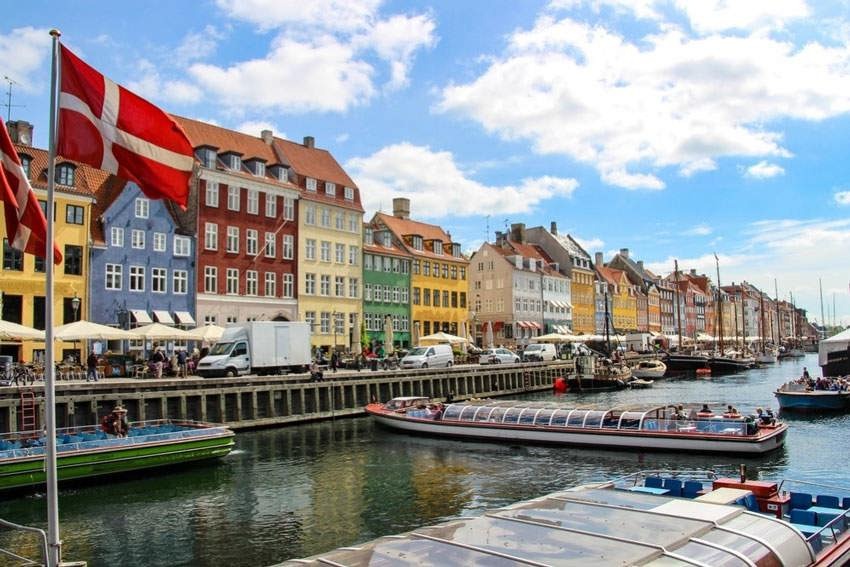
What kind of country is Denmark
Denmark ranks among the best countries in the world in terms of government efficiency, the lowest level of administrative corruption, quality of life and well-being, proper urban management and infrastructure, fair distribution of wealth, and environmental sustainability. Of course, as we said at the beginning and you have probably heard a lot about Denmark, the Danes are always among the happiest people in the world in various rankings. Denmark is one of the countries of the Scandinavian peninsula, which has many economic and cultural relations with countries such as Sweden and Norway, as well as other Nordic countries such as Finland and Iceland. If you want to know everything about Denmark, I must say that Denmark is a member of the European Union and the Schengen Agreement. However, the currency in this country is still the krona.
Where is the capital of Denmark?
Copenhagen is the capital and largest city of Denmark. This city was founded in the 10th century AD and its importance and prosperity increased during the following centuries. Copenhagen is a rich city with historical and natural scenery and people from all over the world. Copenhagen is always among the best cities in the world in terms of quality of life, work and well-being. Copenhagen is also considered one of the smartest cities in the world.
The capital of Denmark, which grew significantly in the second half of the 20th century, in addition to being the political and administrative center of the Kingdom of Denmark, is also very important in other areas such as education, trade, transportation and tourism. Copenhagen is one of the European cities that has some of the most famous and best educational centers of the green continent, including the University of Copenhagen, the Technical University of Denmark, the Academy of Fine Arts and the Copenhagen Business School.
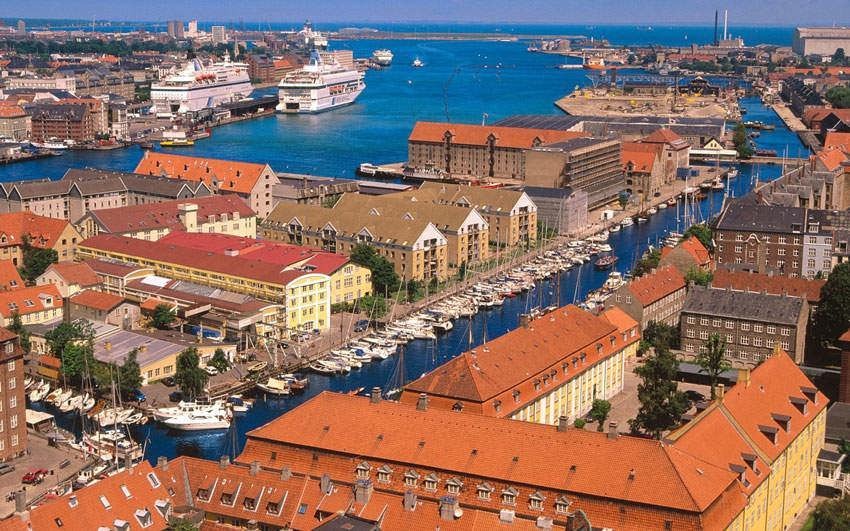
Where is the capital of Denmark
In addition, in recent years, Copenhagen has become one of the most visited and most attractive cities in the world, and every year millions of tourists from all over the world go to the Scandinavian peninsula to enjoy the historical, cultural, artistic and natural attractions of this city. The population of the capital of Denmark, including its suburbs, is about 1.9 million people. Most of the residents of Copenhagen are of Danish origin. However, immigrants from all over the world including Morocco, Pakistan, Poland, Germany, Iraq, Turkey, Sweden, Norway, England, America, Italy and China also live in this city.
What is the currency of Denmark?
Although Denmark is a member of the European Union, it still uses its national currency, the krone (abbreviated kr and ISO code DKK) in transactions. However, you can find shops, hotels and restaurants in the country that accept euros in addition to Danish kroner. But since Denmark’s official currency is the krone, you shouldn’t expect to make all your payments in euros.
In addition to Denmark itself, the krone is also the official currency in the overseas provinces of Greenland and the Faroe Islands. Each crown is divided into 100 ureas (Øre). Banknotes of 50, 100, 200, 500 and 100 kroner are exchanged in Denmark. Coins are available in units of 50 ore and 1, 2, 5, 10 and 20 crowns. One Danish krone is equivalent to 0.16 US dollars (September 2020).
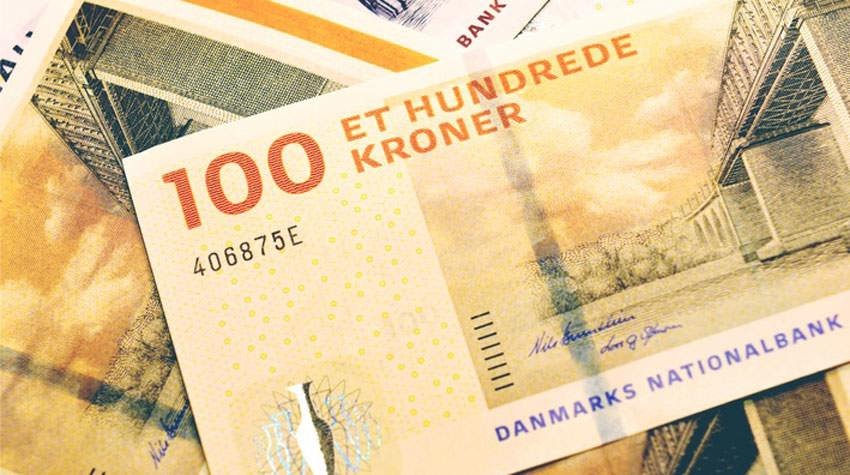
currency of Denmark is kerone
What language do the Danes speak?
Danish is the official language of the Kingdom of Denmark and most of the people of this country also speak this language. Danish is one of the North Germanic languages, which has about 6 million speakers mainly in Denmark and Schleswig-Holstein in northern Germany. Danish language is also spoken due to the presence of Danes in other parts of the world such as Canada, America, Spain, Argentina and Brazil. In addition, about 15 to 20 percent of the population of Greenland also speak this language.
While Danish is the official language of Denmark, you do not need to learn Danish to travel there. Fortunately, Danish people speak English very well and fluently with a slight accent. Therefore, there is no need to worry and if you have sufficient command of English, you can easily handle your daily affairs in this country. In the following sections, we will tell everything about Denmark.
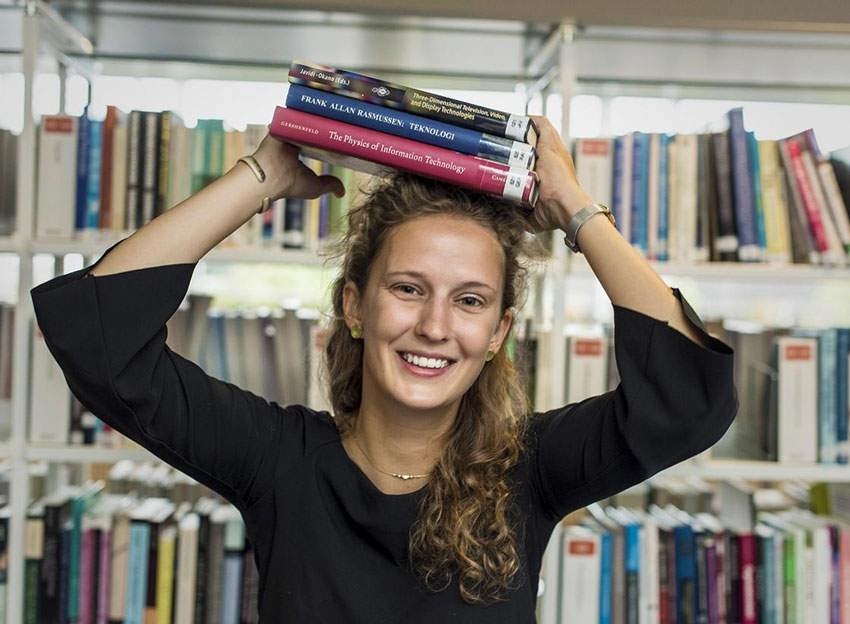
language of the Danish people
Living in Denmark
Denmark is a country that has high standards for work and life. There is a very good balance between work and life in this country, which makes it possible to plan for fun and spending leisure time with the family and doing collective activities and entertainment easily. For this reason and special attention to the quality of life and well-being of citizens, Denmark has become a very ideal country to live in.
According to the results of international research, the Danes are among the happiest people on the planet. This life satisfaction is usually measured according to various cultural indicators, security, well-being, work environment and fair distribution of resources and other things. Danes are very educated and literate people who, while observing politeness and preserving the social dignity of others, have a very warm and informal behavior and are very witty and witty.
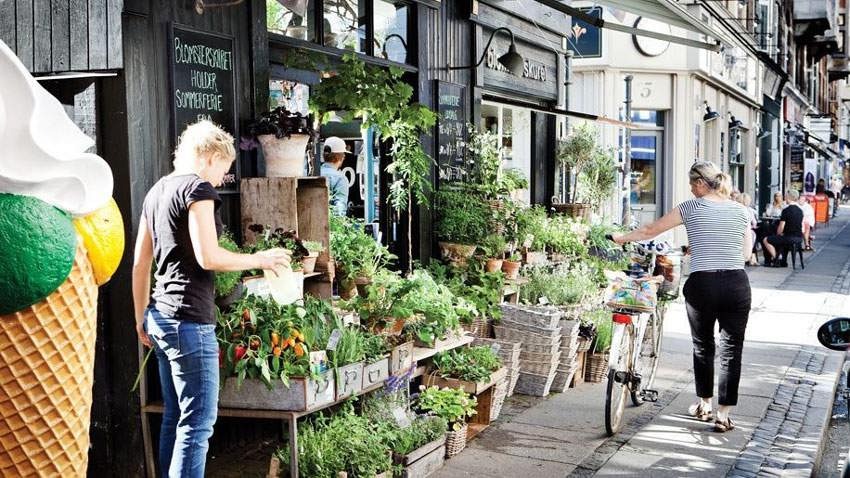
Living in Denmark
Everything you need to know about Denmark
Throughout Denmark, there are numerous international schools that have a very high level of education in accordance with international standards. While students can study English, French and German in Danish schools; But the Danish language is compulsory in all schools in the country.
To know everything about Denmark, let’s also mention that another thing that makes Denmark an ideal country for living and traveling is its short distances. In this way, you can go to the relaxing and beautiful mountain, forest and coastal scenery of the country with a short trip (especially on weekends). Denmark is a very green country that is covered with dense and abundant forests, and also travel anywhere in the country, you will never be more than 50 kilometers away from the sea! Yes, with more than 7,000 kilometers of coastline in Denmark, it’s no surprise that a trip to the coast is an important part of the Danes’ vacation plans.
The high tax rate in Denmark is also a result of the government’s emphasis on work-life balance, democracy and generally providing high standards in the fields of education and treatment. In Denmark, all citizens have access to educational services, health care, public transport and cultural activities for free or at very low costs.
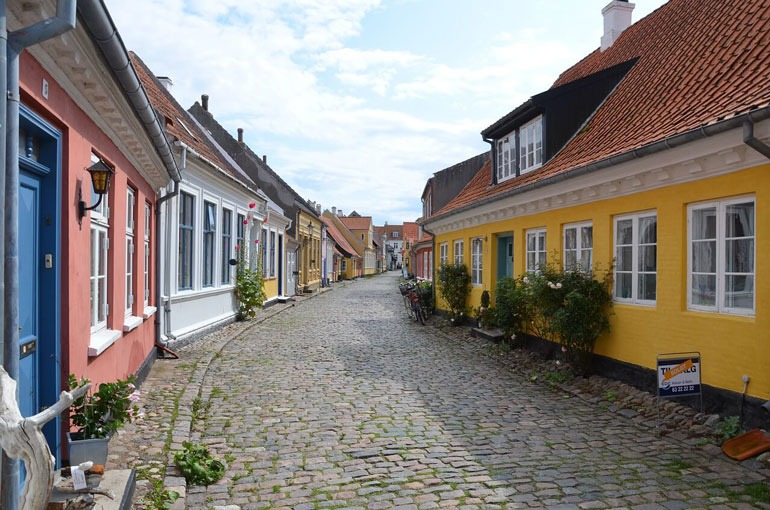
Everything about Denmark
In order to see what kind of country Denmark is, I should also say that the existence of numerous recreational facilities such as parks and public spaces has increased the quality of life of the general public in this country. Flat organizational structures, teamwork and work-life balance are the characteristics of the Danish work environment. A flat organizational structure actually means that, for example, employees and managers address each other by their first names, and most important meetings are held in halls and halls where employees are also present and have equal rights to speak and comment.
Furthermore, according to the 2018/2019 report of the European Investment Bank (a non-profit investment institution at the European level), the Danes are considered to be the hardest-working citizens in Europe. This is due to the Danish work mentality and special work culture, where employees have high independence and ability in doing their work, and this has caused the citizens of this country to become conscientious employees with high responsibility.
As we mentioned in the previous lines, the balance between life and work is the basis of work culture in Denmark, and this has also made this country one of the most family-friendly countries in the world. According to the laws of Denmark, all employees have 5 weeks of vacation every year. For this reason, it is very easy to plan travel and entertainment for the citizens of this country.
Flexible working hours have also made most of the Danish men and women employed. But we must say that Denmark has the toughest immigration policies among European countries. Despite the criticism of these policies, the authorities of this country have defended this policy and consider it a way to protect the people and maintain social equality and security and prosperity of the country. Another point is that Denmark, as well as other Scandinavian countries, are regularly among the countries where the class gap is very low or does not exist at all.
Minimum accommodation costs
Accommodation costs in Denmark may vary greatly depending on the type of accommodation, region and season of travel. But in general, you can expect inns and hotels to be expensive in Denmark.
Hostels are usually the cheapest option for accommodation in Denmark. The cost of inns depends on the facilities, geographical location and the number of beds. In big cities like Copenhagen, the cost of a bed in an inn is usually around 20-30 euros per night.
For mid-range and luxury hotels, costs are significantly higher. Mid-range hotels with amenities are usually around €70-100 per night, while luxury hotels can command prices as high as €200 or more.
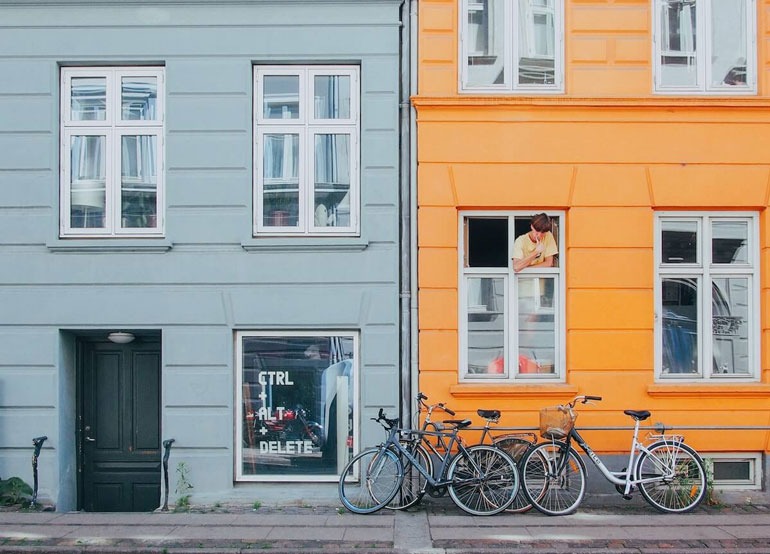
Minimum accommodation costs in Denmark
Finally, if you want to reduce your accommodation costs, you can also consider more economical accommodation options such as renting holiday apartments, renting a house or using services based on shared space (like Airbnb).
The cost of trains and city buses in Denmark
Train and city bus costs in Denmark may vary depending on the distance traveled, the type of line and the region you are traveling through. But in general, public transport costs in Denmark are usually high.
For example, the cost of a one-way intercity train ticket (such as between Copenhagen and Aarhus) may be around 20-50 euros, depending on the distance and the type of train. Also, the cost of city bus tickets also depends on the city and region, but it is usually around 2-4 euros for a one-way trip.
In addition, public transport cards such as the “Rejsekort” or “City Pass” are commonly used in Denmark, which can help you reduce public transport costs.
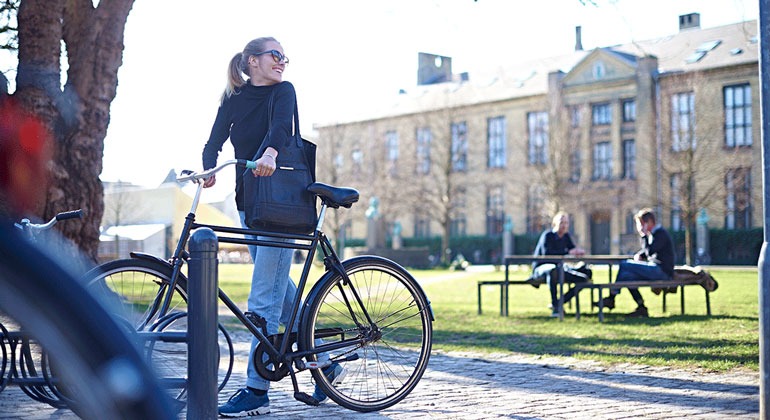
The cost of trains and city buses in Denmark
Cost of food in Denmark
The cost of eating out in Denmark may depend on the type of restaurant or shop, the area you are in, and the type of food. But in general, Denmark is an expensive country and the cost of eating out is usually high.
For example, the cost of an average meal in a typical restaurant may be around 15-30 euros, but this amount depends on the type of restaurant, the city and the type of food. Also, buying food from stores is usually expensive and the cost depends on the type of products and the store.
As a solution to reduce the cost of eating out, you may prepare some of your meals yourself or look for cheaper restaurants and stores in your area.
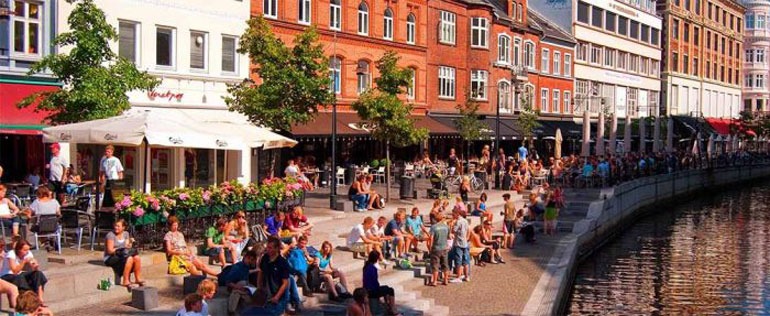
Cost of food in Denmark
The behavior and mood of the Danish people
When you travel to Denmark and want to know everything about Denmark, you will soon realize that the Danes are reliable and supportive people. While the Danes may be a bit reserved and quiet at first, they have an open mind, an unpretentious demeanor, and of course a witty nature, and they always see the glass half full in all matters of life. It is definitely difficult to enter a new culture and interact with people with different customs and traditions.
To some foreign travelers visiting Denmark for the first time, the Danes may seem a bit wary at first, reluctant to intrude on other people’s privacy unless asked. Our best advice to you is to step forward yourself and start the conversation with a simple greeting. After that, you soon realize that the Danes are very simple and friendly.
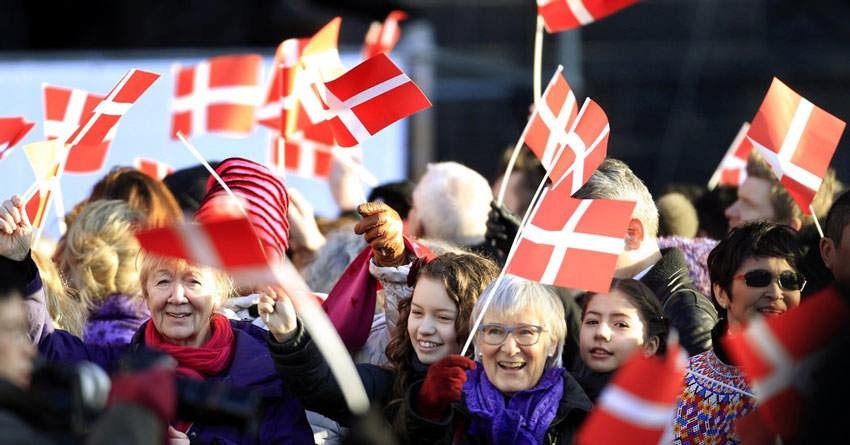
The behavior and mood of the Danish people
In short, let’s say that the people of Denmark:
- They are very punctual, if you have a date with a Dane at 6:30, try to go to the date at the same time.
- The Danes are not interested in double-talking and say whatever they think and go straight to the point. Danish people behave in the same way with Iranians and this prevents misunderstandings.
- Despite maintaining decency and respect, they are not very fond of official ceremonies and prefer to be completely friendly with each other in social interactions.
- Despite the cold and dark winters and frequent rains, even with the slightest sign of the sun in the sky, they decide to leave their homes and walk, run, bike or go to cafes, restaurants or other open spaces.
- Danish people’s behavior towards Iranians is similar to their behavior towards most foreign tourists and immigrants and they generally have a friendly behavior.
When you get to know Danes better and see what kind of country Denmark is, you will find that they are quite comfortable talking about all issues, because open discussion is one of the main characteristics of Danish culture. At home and at school, Danish children are asked by their parents and teachers to express their opinions easily.

people of Denmark
Hygge should be considered the reason for the happiness of the Danes. Hoge is difficult to translate as well as its pronunciation, but Hoge can be considered as living in the present moment in a warm, soft and cozy place. In Hoge’s lifestyle, things like being in the moment, slowing down the pace of life, feeling comfortable, happy and secure, and tending to simplicity are very important.
In order to be able to spend happy moments especially in the dark and cold days of winter, Danes light candles in their homes, eat hot drinks and food, use heating devices, especially fireplaces, wear warm and soft clothes, and read alone. Book and listen to music or enjoy with friends.
In recent years, Hoge has gained many fans in all parts of the world and many books and articles have been written about it in different languages, so much so that Hoge became the second most searched word in England in 2016 after Brexit. Hoge has gained high popularity in other countries of the world. Hoge decoration has become one of the hottest hashtags on the Pinterest social network, and posts with the Hoge tag have been published and republished many times on Instagram and Twitter.
Denmark visa
Denmark is a member of the European Union and a member of the Schengen Convention. Citizens of EU member states can travel to Schengen countries without a visa. Citizens of many countries of the American continent, along with Australia, New Zealand and the United Arab Emirates, can also travel without a visa for 90 days in the Schengen area. Citizens of the rest of the countries must also obtain a Schengen visa to enter the Schengen area.
The Danish tourist visa allows its holder to stay in Denmark or other Schengen countries for a short period of time. Applicants who wish to stay longer in Denmark must apply for a residence permit. If the immigration office determines that the applicant intends to stay in Denmark for a long time or illegally, the visa application will be rejected by the officer.
The necessary documents to obtain a Danish tourist visa are:
- Passport (valid for at least 1 year)
- birth certificate
- 2 pieces of 3.5 x 4.5 color photos with white background
- Original and translated copy of property deed
- Certificate of financial ability from the bank and account turnover for at least the last 3 months
- Insurance policy up to 30 thousand euros
All documents must be in Danish and English and must be translated by official and reliable translators.
The application for a Danish tourist visa must be submitted 3 months before the date of the applicant’s arrival in this country. This application must be sent from the applicant’s country of residence. The applicant is required to fill in all the information completely and sign. Passport photo and applicant’s fingerprint are also required. The applicant must pay a fee of at least 60 euros and prove that the reason for his trip to Denmark is tourism, and also the applicant needs an insurance policy worth at least 30,000 euros to cover medical services.
The Danish tourist visa is valid for a maximum of 90 days and in a period of 180 days. The process of processing a Danish tourist visa usually takes between 10 and 12 days. The applicant must pay a fee to obtain a Danish tourist visa. This is the cost of applying for a Danish tourist visa for adults, children above and below 6 years of age.
Travel to Denmark
Denmark is the country of Hogge, open sandwiches and bicycles. It is interesting to know that 9 out of 10 Danes own a bicycle and citizens of this country travel 26% of trips under 5 kilometers by bicycle. Since 1993, 11 special cycling routes have been built in this country, which includes a total distance of 4233 kilometers. Respect for nature has a special place in Danish culture. Despite its modern charms, Denmark has an unspoiled and spectacular nature, rich historical and cultural monuments.
Therefore, if you have not set a specific budget for your trip to Denmark, you will have to spend a lot of money on your trip to this country. The biggest expenses you will have to pay during your stay in Denmark are accommodation and food. But if you can stay in cheap inns instead of hotels and eat local and cheap food, you can save a lot of money.
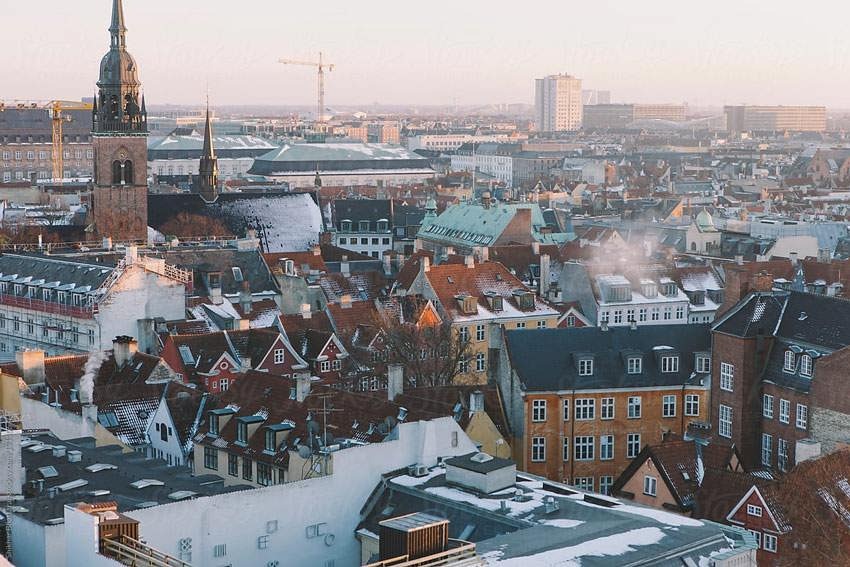
Travel to Denmark
Where should we go on a trip to Denmark?
By looking at the picture of Denmark, you will realize that Denmark has many attractions and sights that cannot be included in one article, but here we briefly discuss some of the most attractive tourist places in Denmark:
Tivoli Gardens
Tivoli Gardens is always on the list of the most visited places in Denmark. Considering the size of Denmark, we must say that this amusement park, which dates back to the 19th century, is located in front of Copenhagen Central Station and can be a great place to spend a happy and fun afternoon in this historic city. When you visit Tivoli Gardens, be sure to ride the famous roller coaster and Ferris wheel of this amusement park. This beautiful amusement park is open to the public from early spring to late summer. Therefore, if you have traveled to Denmark during these seasons, be sure to include Tivoli Gardens in the list of places to visit in Copenhagen and visit there.
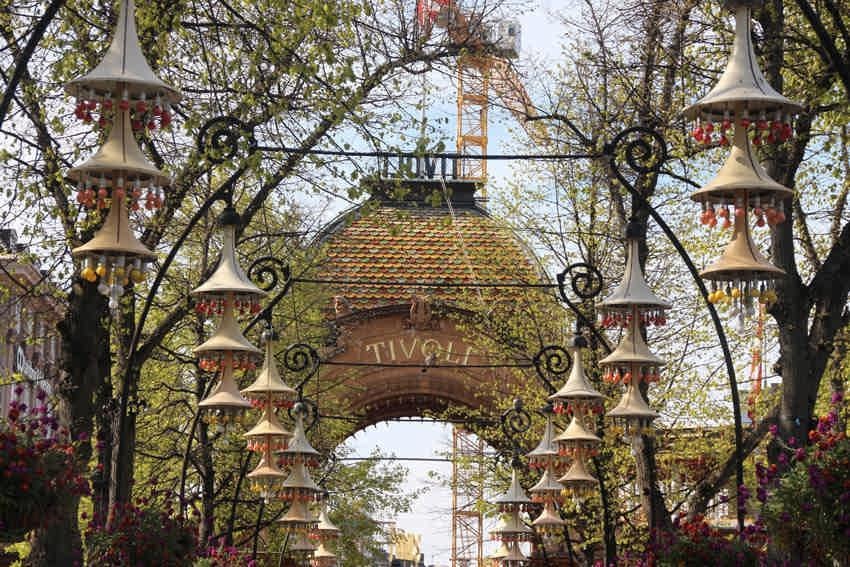
Tivoli Gardens
Kronberg Castle
The history of this historical castle, which is included in the UNESCO World Heritage List, dates back to the 16th century. Kronborg Castle, located along the coast of Helsingør, is worth a day trip from Copenhagen to experience the magnificence of this historical monument up close. During your visit to this spectacular castle, be sure to take a good tour around it and visit its luxurious halls and rooms, and of course keep in mind that the events of the famous play Hamlet by Shakespeare’s immortal work took place in this historical castle. William Shakespeare all his tragedy scenes; From the ghost of Hamlet’s father talking to him to his inner struggles to take revenge on his uncle and mother, everything is inspired by this historic and magnificent castle.
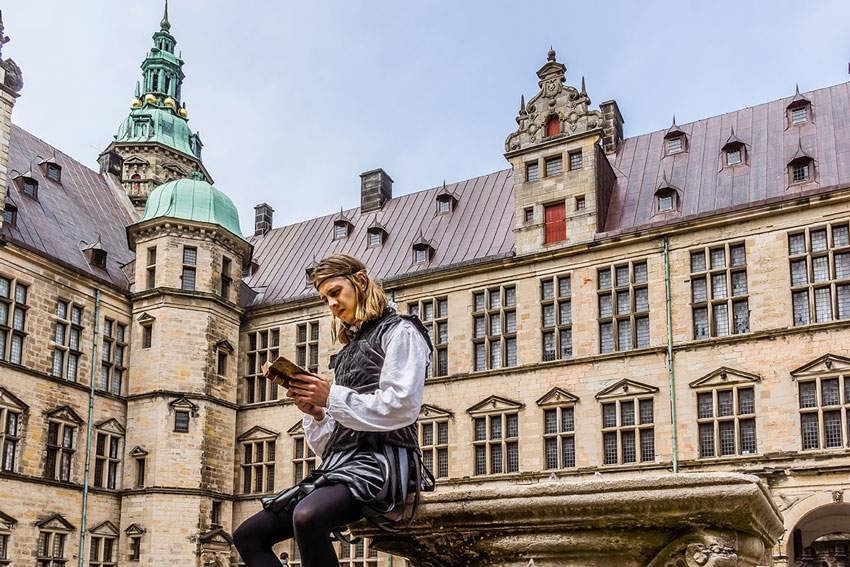
Kronberg Castle
Raskileh city
If you want to learn more about the rich history of Denmark and the vastness of Denmark, we recommend that you visit the historic city of Raskilde. Fortunately, this beautiful city is not far from Copenhagen. Between the 10th and 16th centuries, Raskilde was the capital of the Kingdom of Denmark. Therefore, while exploring this city, it is as if you have traveled to the living history of Denmark; You can visit the old Madras, its churches and shrines and its fascinating museums with relics of the Viking heritage.
You can visit some of its historical places, including the city’s cathedral, while walking along the cobbled streets of Raskille and feel the feeling of this historic city in its glory. If you have chosen the month of June to travel to Denmark, be aware that one of the biggest music festivals in Europe is held in this city.
Nyhavn Pier
Nyhavn is one of the most spectacular places you can visit on your trip to Denmark. In this 17th century quay with colorful houses and unique architecture, you can visit wooden boats and ships and eat in local restaurants.
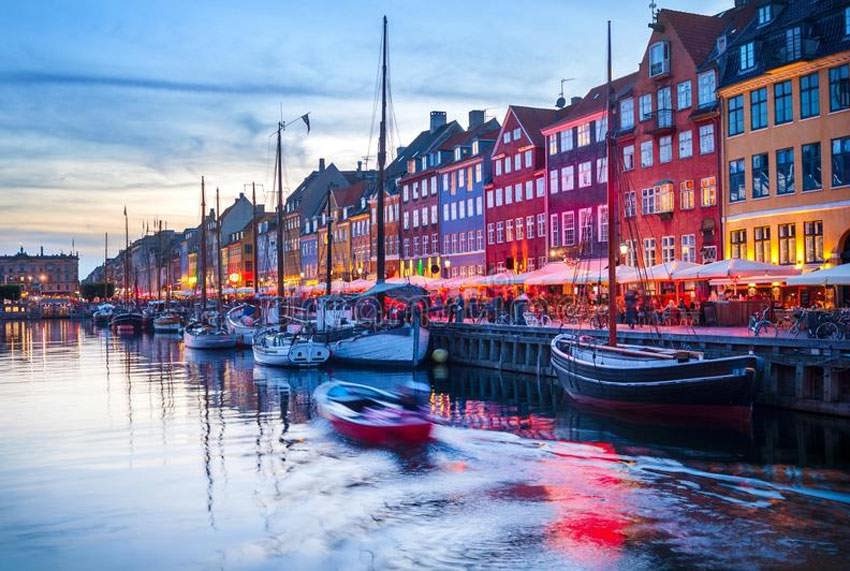
Nyhavn Pier
Castlet fortress
A tour of the Castellet Fort can be memorable for anyone interested in history. This 17th century castle is built in the shape of a star with spectacular towers and ramparts. Castellet Castle is one of the most intact historical castles in Northern Europe. With its museum, windmills, bunkers and fortifications, the castle is a great place to spend a few hours and enjoy some free entertainment and concerts.
Another point is that the Kastel Fortress is not far from the famous bronze statue of “The Little Mermaid”, which is also considered a symbol of the city of Copenhagen, with these interpretations, this area of the Danish capital is definitely worth visiting.
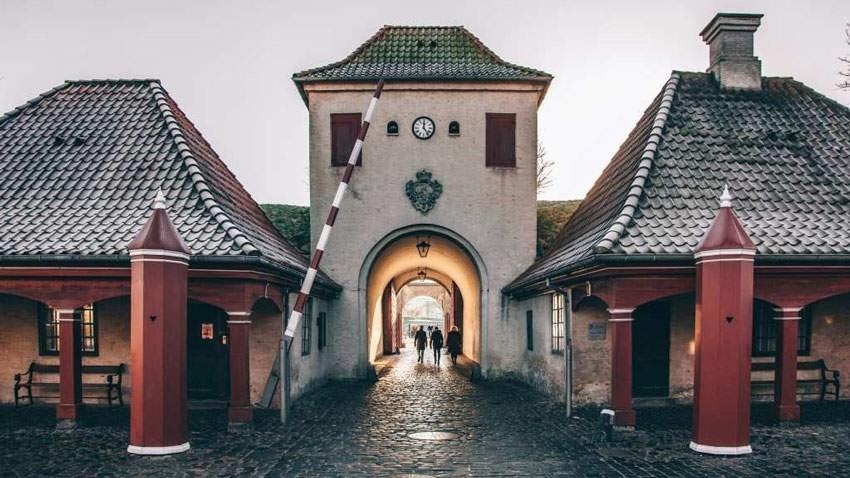
Castlet fortress
The ruined castle of Hammershas
One of the tourist attractions that you must visit on your trip to Denmark is Hammershus, the largest ruined castle in Northern Europe. The ruins of this magnificent piece are located on the heights of Burnhelm Island. You can still see the old wells and red brick buildings of this fort. At the entrance of this ruined castle, there is an exhibition where you can get a lot of information about Denmark and the history and culture of the people living there.
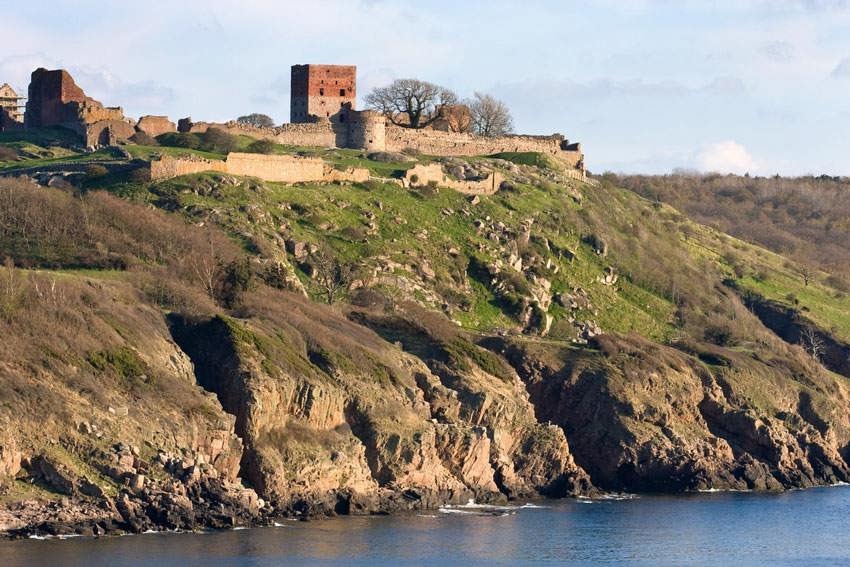
The ruined castle of Hammershas
Den Gamle Bay Museum
Den Gamle By means “Old Town”, an open-air museum where you can travel back in time. Every year more than 500 thousand tourists from all over the world visit this spectacular museum in Aarhus. Den Gamle Bay Museum was opened in 1914 as the world’s first open-air museum, and until today it has been one of the few top museums in Denmark.
This museum consists of 75 historical buildings and monuments, all of which were purchased from local residents. The houses of this museum have an old style decoration or they have become an exhibition to display ancient objects and artifacts.
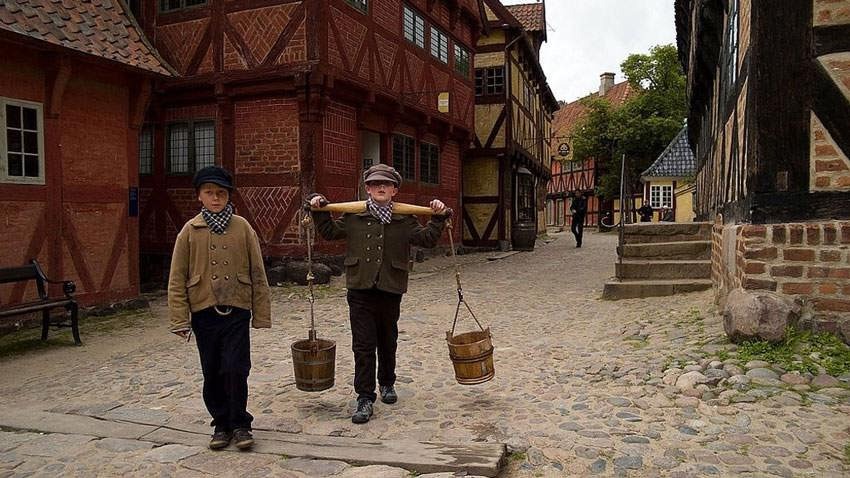
Den Gamle Bay Museum
Rosenburg Castle
As you have probably noticed by now, the list of castles, fortresses and palaces in Denmark is very long. As one of the oldest kingdoms in the world, Denmark has many unique historical monuments. Rosenburg Palace is one of the most beautiful historical attractions of this country. This historical building is located in the center of Copenhagen and the beautiful Royal Garden. A place where precious jewels and royal crowns are kept, as well as a large collection of works of art of the Danish royal family.
Other castles worth visiting include Christiansburg and Fredericksburg Castle. Kristiansberg is also located in Copenhagen, this palace is the seat of the Danish parliament and is still used by the Danish royal family. And if you want to know more about the history of Denmark, you should not miss the opportunity to go to the magnificent Frederiksborg Castle. This spectacular castle is located in the middle of a very beautiful garden with lakes and ponds to present a charming and spectacular view to every viewer.
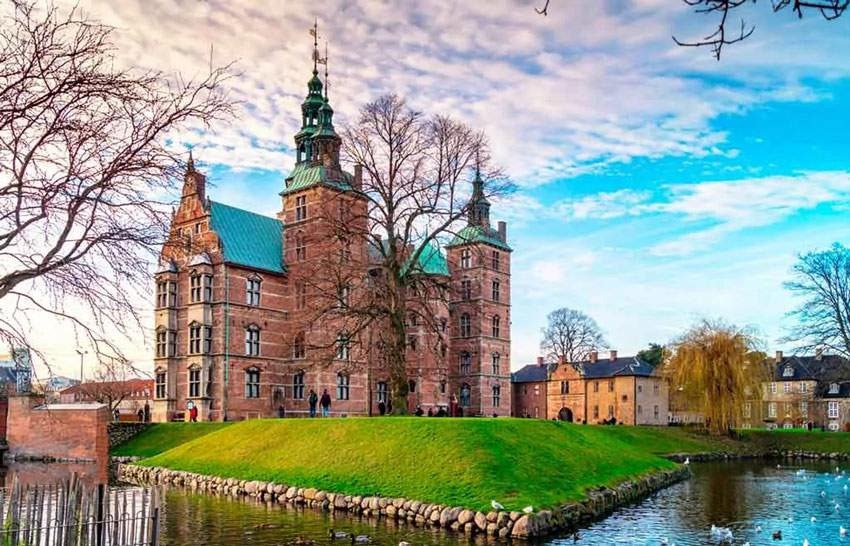
Rosenburg Castle
Legoland Billund
Legoland Billund is one of the best tourist attractions in Denmark, which is not only loved by children, but also by adults who have memories with Lego toys. As you know, the story of the famous Lego toys started from this small town on the Jutland peninsula. Currently, the city of Billund houses the main Lego factory and the Legoland game city.
Legoland game city is the main reason why a huge number of tourists flock to this city every year. One of the most spectacular parts of Legoland is Miniland, where replicas of some of the world’s most famous buildings are recreated with Lego blocks, including the Burj Khalifa, Shanghai Tower, Mecca Royal Clock Tower, World Trade Center, and Taipei 101 Tower.
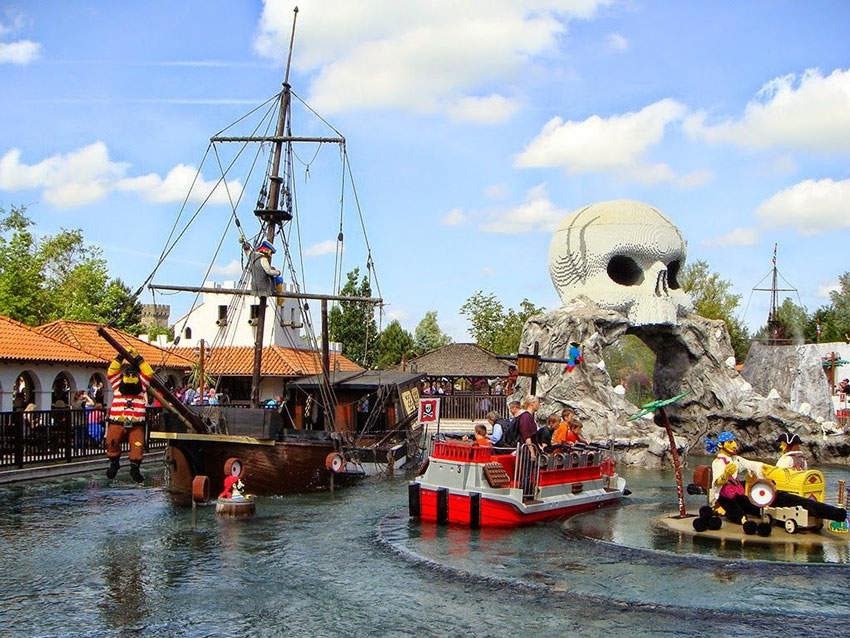
Legoland Billund
Hans Christian Andersen Museum in Edensee
Hans Christian Andersen is one of the most famous literary characters in the world and in Denmark, who was born in the city of Edense. Now, the house where he lived as a child has become a spectacular museum that introduces visitors to the life and works of this famous author of children’s stories.
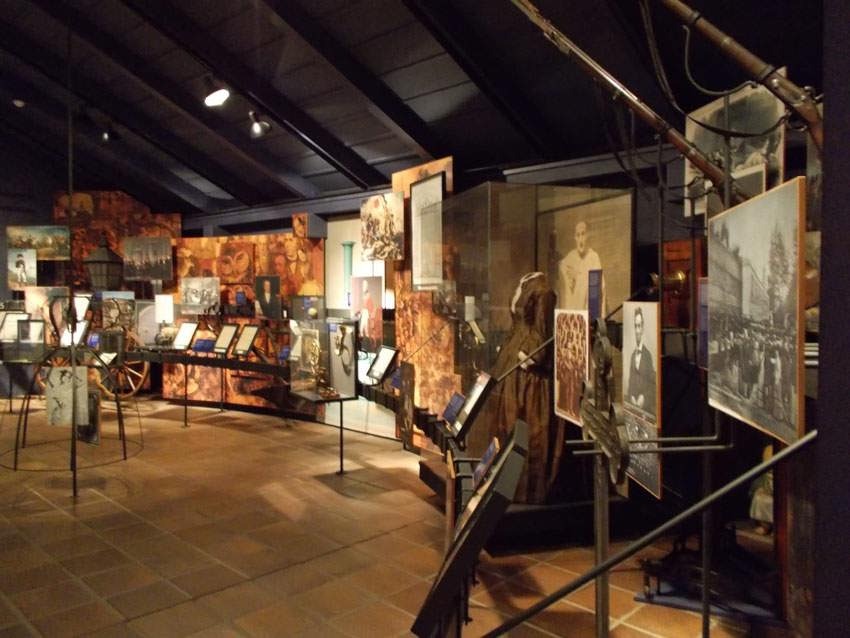
Hans Christian Andersen Museum in Edensee
Viking ship museum in Roskilde
If you are interested in ships and sailing and the history of Vikings, you will definitely enjoy watching the many works displayed in the Viking Ship Museum in Raskille. The Viking Ship Museum is one of the most visited attractions in Denmark. In this spectacular museum, you can learn a lot about Viking-style seafaring and shipbuilding. In this museum, in addition to five Viking ships, reconstructed examples of the ships of these ancient warriors are also displayed.
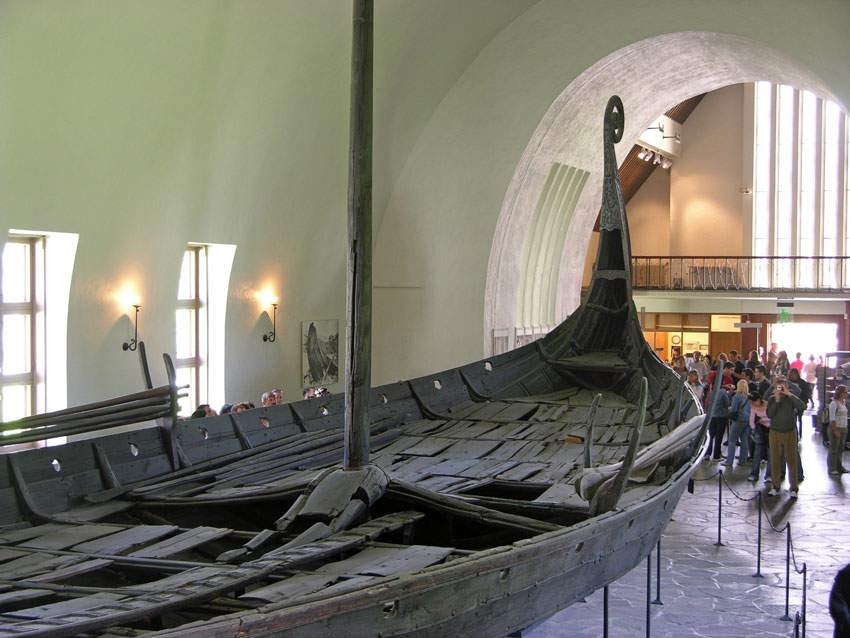
Viking ship museum in Roskilde
Famous Danish dishes
Definitely, one of the best parts of any foreign trip, in addition to getting to know its culture and customs, is trying its local food or, more precisely, a stomach-churning tour, which is an integral part of every tourist’s entertainment. Denmark is one of the countries that has a unique food culture with delicious food and the taste of many tourists. Well, if you have a stomach bug, don’t miss out on these tasty treats on your trip to Denmark.
Smørrebrød
Smørrebrød is an inexpensive and very delicious open-faced sandwich that Danes usually eat for lunch. Ingredients such as raw herring or shrimp, smoked trout, boiled eggs, meat or vegetables are used to prepare this very popular sandwich.
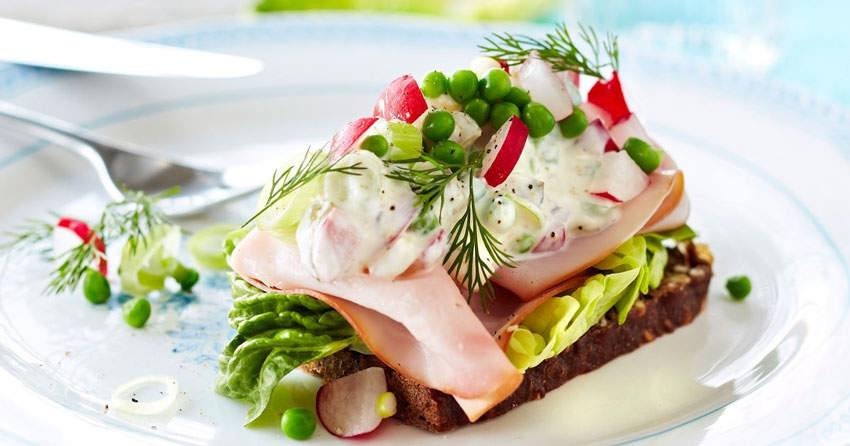
Smørrebrød
Frikadller
Frikadeller is a kind of Danish meatball and one of the most delicious and popular local dishes in Denmark. This dish is prepared from ground beef, onion, egg, milk and Sakhari flour and served with potatoes, gravy and vegetables. Although Frikadler can be found in most parts of Europe, the Danish recipe is completely different from other countries!
Stegt Flæsk
Stegt Flæsk This national dish can be found in every delicatessen and restaurant in Denmark. Flask steak is cooked by frying pieces of fat seasoned with salt and red pepper. This very popular Danish dish is usually served with potatoes and parsley sauce.

Stegt Flæsk
Polser
Pølser is not only one of the most traditional Danish dishes, but also one of the most popular dishes in this country. Polser, which is hot dog, can be found in most delis in Copenhagen and other Danish cities. This traditional dish is prepared and ready to serve with tomato sauce, mustard, fried onions and pickles.
The best hotels in Denmark
Denmark, like most European countries, has many magnificent and famous hotels that you can have an unforgettable stay in during your trip to Denmark. Just remember to book a hotel before your trip.
Angleterre Hotel, Denmark
This 5-star hotel, which is located in the center of Copenhagen, has been able to satisfy its guests with its interior design and architecture and providing facilities such as a restaurant, bar, swimming pool, sauna, free internet, luxurious rooms and suites, etc.
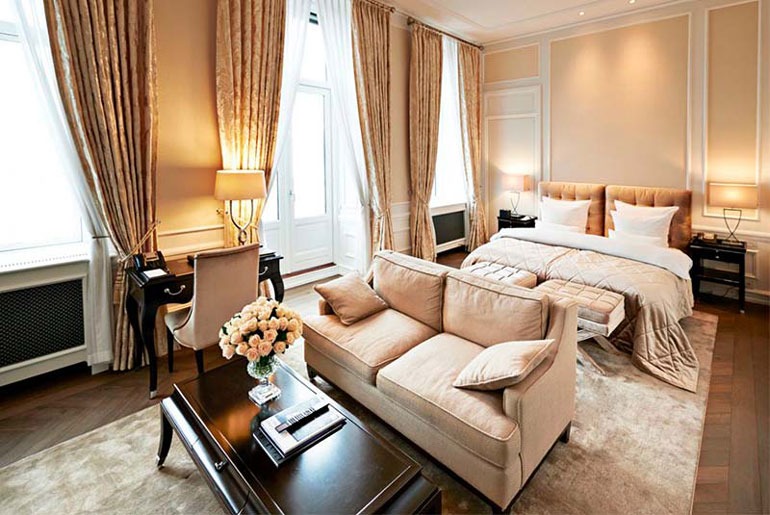
Angleterre Hotel, Denmark
First Hotel Kong Frederik Denmark
This 5-star Danish hotel is located in the center of Copenhagen and near the city hall. The rooms of this hotel are equipped with all amenities and its suites have a special design. Despite being located in a busy part of the city, this hotel has been able to provide comfort to the guests.
Ascot Hotel, Denmark
Ascott Hotel is another famous hotel in Copenhagen, which is located next to one of the old baths of this city. This hotel has a classic architecture and a very beautiful interior and has prepared up-to-date and complete facilities for its guests. Another advantage of staying in this hotel is easy access to different parts of Copenhagen.
Nimb Hotel, Denmark
The 5-star Nimb Hotel is located in a famous local park and presents an interesting view to the guests from its well-equipped rooms. Like its 5-star competitors, this hotel has a restaurant, bar, swimming pool, sauna, massage, free internet, and rooms with special interior design, and in a short period of time, it was able to attract everyone’s attention.
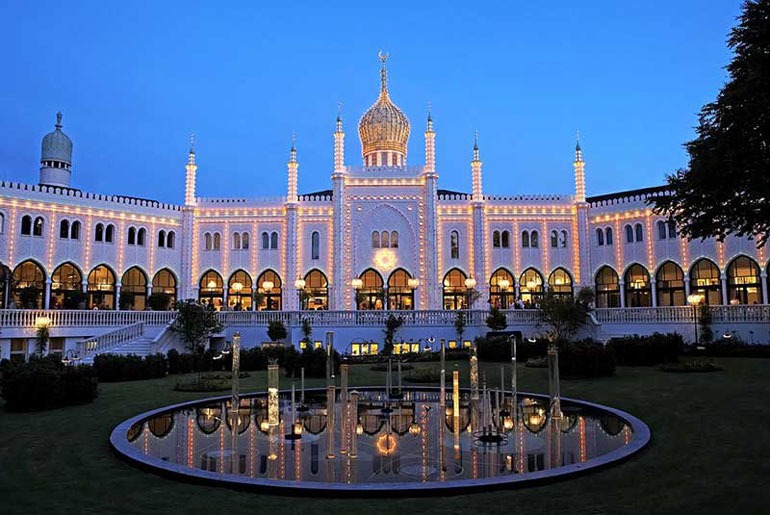
Nimb Hotel, Denmark
First Hotel Mayfair, Denmark
First Mayfair Hotel is located in the inner part of Västerpo and is considered a very good option for tourists due to its proximity to tourist places such as Tivoli and Planetarium. This hotel has various rooms and suites, all of which are luxurious and equipped.
Admiral Denmark Hotel
Admiral Hotel is one of the beach hotels in Denmark and is located next to the Royal Theater and the Copenhagen Opera House and is famous for its modern Scandinavian and French restaurants and seafood. Using the comfort and leisure facilities of this hotel is one of the other advantages of staying in Admiral.
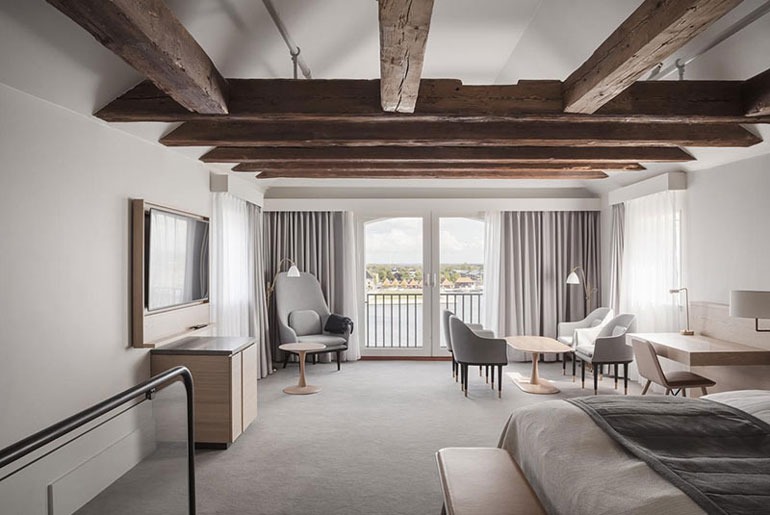
Admiral Denmark Hotel
What is the weather like in Denmark?
If you know where Denmark is, you will realize that Denmark has a relatively mild climate due to its special geographical location surrounded by open waters, and the western winds blow with their warm air in most parts of the country. In addition, Denmark’s day and night temperatures do not fluctuate much, so if you plan to travel to this northern European country, you do not need to prepare separate clothes for day and night. The length of day and night in Denmark is also different from other European countries.
The average temperature in Denmark reaches 0°C in the coldest month of February and 17°C in the hottest month of the year, July. Although strong winds and changing direction can change the air temperature at some point of the year. There is rainfall throughout the year in Denmark and there are no dry periods. However, September to November is the wettest season in the country. The average total annual precipitation in Denmark reaches 650 mm, and it usually rains 170 days a year in the city of Copenhagen, the capital of Denmark.
In winter, sunrise is around 8:00 AM and sunset is at 3:30 PM, but in summer it starts at 3:30 AM and sunset is as late as 10:00 PM. Being unfamiliar with the length of the day and night in Denmark for new arrivals and immigrants causes interference in their sleeping hours, but over time they adapt to the length of the day and night in Denmark.
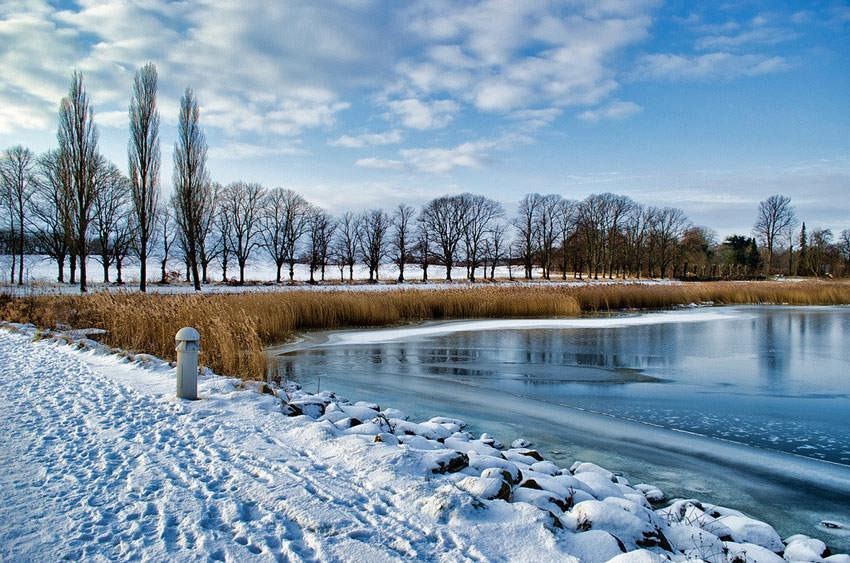
weather in Denmark
The best time to travel to Denmark can be between March to May or June to August, depending on the purpose of your trip and the activities you have in mind. Summer is definitely the best season to travel to Denmark, but in this season due to the very good weather and many events and festivals, you can rarely see reasonable prices. At the same time, spring can be an ideal season to travel to Denmark. With the arrival of spring, restaurants, cafes and delicatessens open on the sidewalks, and various events and open-air music concerts are held in different cities in Denmark, which makes the city’s atmosphere full of excitement and joy.
With the beginning of October, the weather in Denmark is gradually getting colder and the isolation and solitude of winter in this northern country is coming to an end. However, at the end of December, as the New Year approaches, Denmark gets very excited and the cities are once again filled with many tourists who travel to Denmark to watch the New Year holiday celebrations.
The seas around Denmark
Looking at Denmark on the map, we realize that Denmark is a small country in Northern Europe with beautiful beaches and many seas. In the following, we introduce some of the seas around Denmark:
North Sea
This sea is known as one of the main seas around Denmark. Its coast is located in the north of Denmark, and this sea is known as one of the vital routes for shipping and fishing.
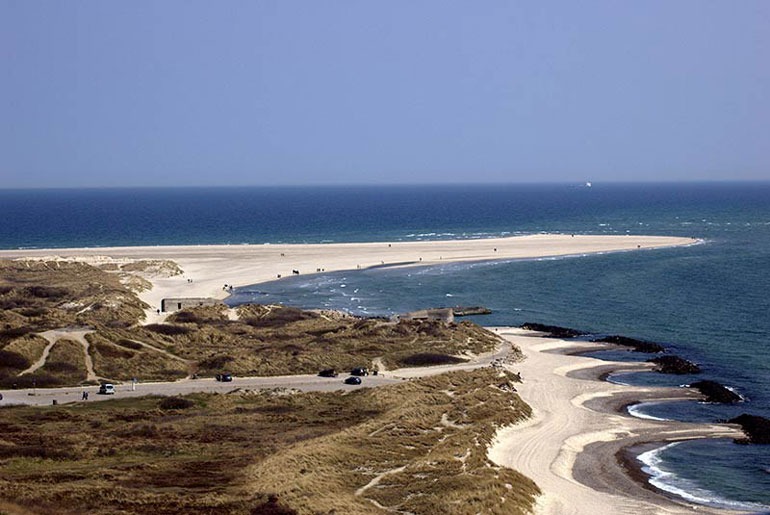
North Sea
The Baltic Sea
This sea is one of the main seas of Denmark. Its coast is located in the east and southeast of Denmark, and some beautiful islands and floats can be seen along the coast.
Kattegat Sea
This sea is located in the southwest of Denmark and has created a beautiful and productive area for fishing and recreation for the Danes.
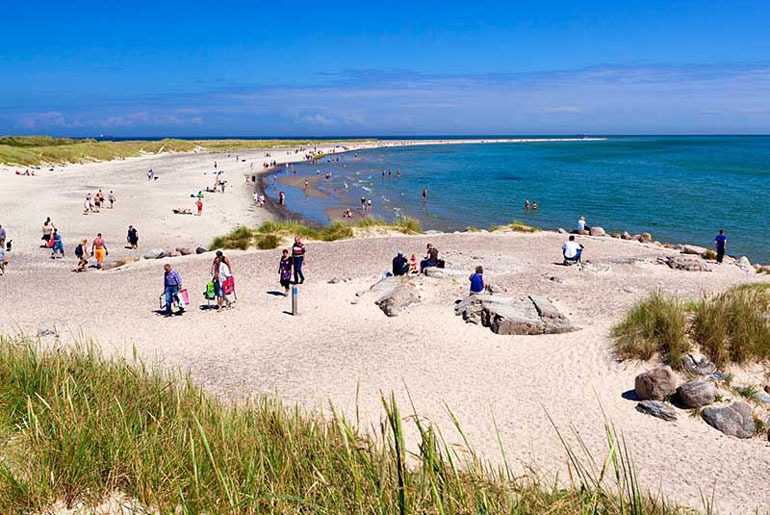
The Baltic Sea
Sekel Sea
The Sekel Sea is located in the northeast of Denmark and provides a beautiful and peaceful area for recreation and fun.
What are the important cities of Denmark?
You probably know where Denmark is and by looking at Denmark on the map, you realized that this country is located in the south of Norway and southwest of Sweden. This northern European country has an area of 42,924 square kilometers and the population of Denmark is 5.7 million people. Most citizens of Denmark enjoy a high income with a high level of healthcare and education. Denmark is also among the top countries in the world in terms of social security, civil liberties and prosperity.
This kingdom is at the top of the countries with the least administrative corruption and has one of the highest per capita incomes and the highest level of income equality among all countries in the world. Therefore, Danish cities are considered among the best and most advanced countries in the world in terms of living conditions, infrastructure, medical and educational facilities and other indicators. The population of Denmark is consistent with the standards of education, employment and housing.
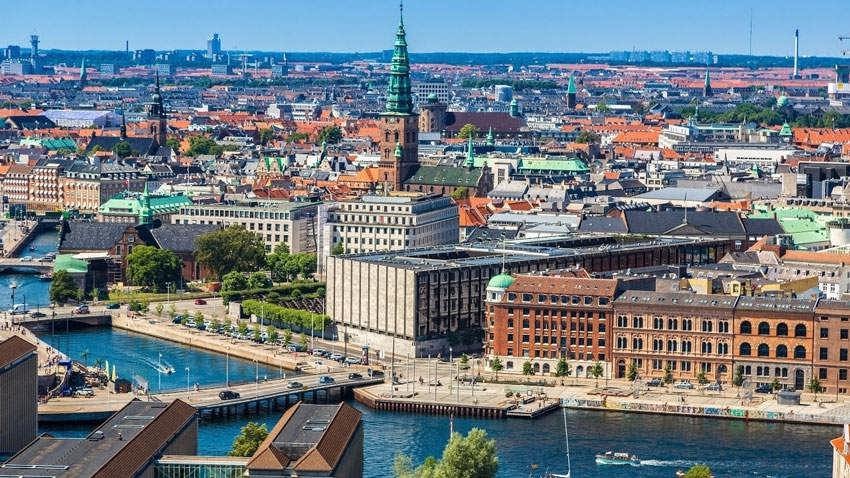
important cities of Denmark
Copenhagen
Copenhagen is the largest city and the capital of Denmark, located on the east coast of the island of Zealand. A small part of the city is located on Amajer Island. Copenhagen was founded in the 10th century by the Vikings as a fishing village. Since then, this city has witnessed several periods of ups and downs until it became one of the most advanced and happiest cities in the world, especially with its significant growth in the second half of the 20th century.
This city hosts several important Danish universities such as the University of Copenhagen, the Technical University of Denmark and other important universities and scientific centers of the country. Copenhagen is one of the greenest cities in the world, which is also famous for its suitable environment for cycling. Copenhagen’s Kastrup Airport is the largest airport in Northern Europe. Among the most beautiful tourist attractions of this city are the gardens of Rosenburg Castle, Tivoli Gardens and the statue of the Little Mermaid.
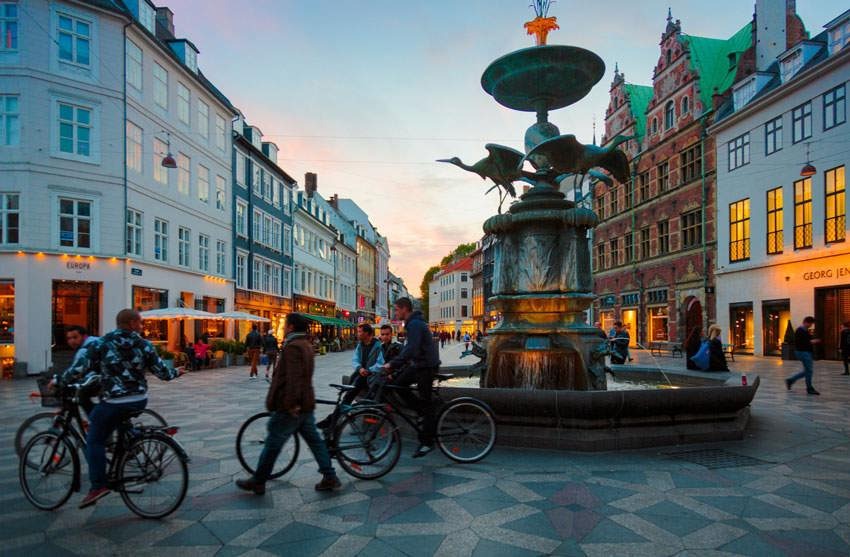
Copenhagen
Aarhus
Aarhus, which is the second largest city in Denmark, is located in the east of the Jutland peninsula and 187 km northwest of Copenhagen. The city was founded as a Viking stronghold in the 8th century. The industrial revolution led to the rapid development of the city to become the economic and cultural hub of the region today. In addition, Aarhus is considered one of the research and educational hubs of Denmark. This city also has a rich history in the field of music.
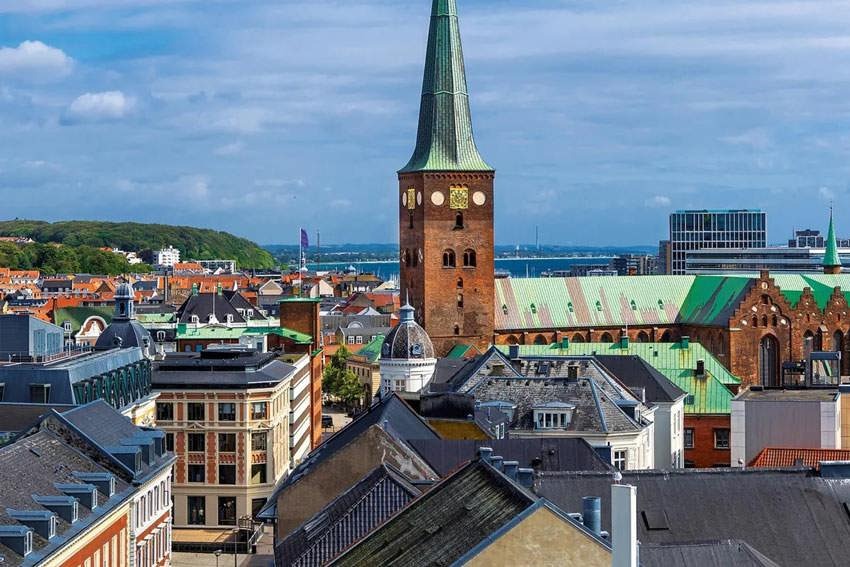
Aarhus
Odense
The third largest city in Denmark is Odense, which is located on Funen Island, 167 km southwest of Copenhagen. The city itself and its suburbs are ancient and it is estimated that it has been inhabited for more than 4000 years. Odense is an industrial city that houses large Danish companies. Among the tourist attractions of this city, we can mention Edense Palace, Odense Theater and Hans Christian Andersen Museum.
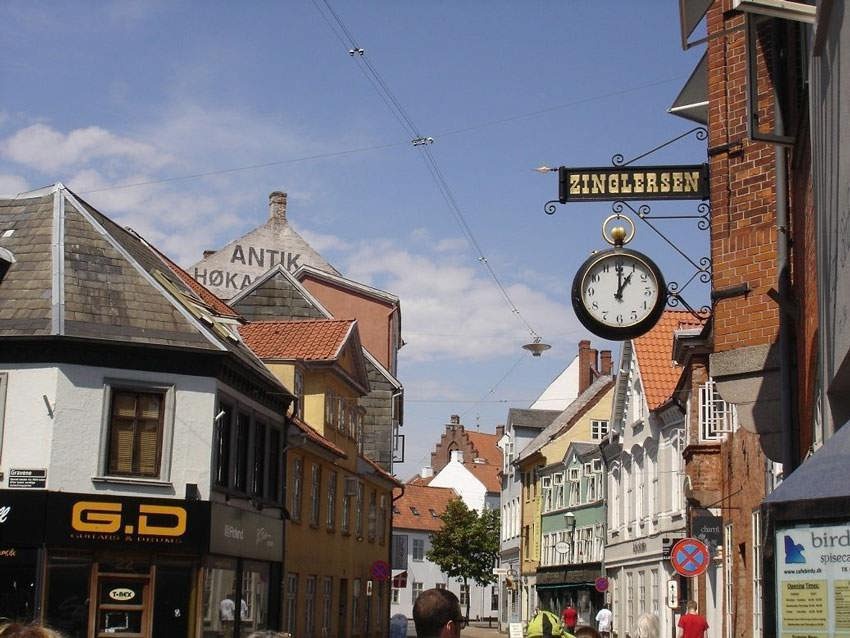
Odense
Aalborg
Aalborg, which is the fourth largest city in Denmark, is an industrial and university city in the north of the Jutland peninsula and 118 km north of Aarhus. is Aalborg has been considered one of the important and industrial ports of Denmark since the Middle Ages. The unique architecture of these cities, left over from past centuries, gives a spectacular effect to this beautiful city. Aalborg is an important cultural hub in Denmark and has several museums, palaces, orchestra theaters. The Aalborg Music Festival, which is held in late spring in this city, is one of the largest festivals in the Scandinavian region.
Get to know the important festivals of Denmark
Denmark is a country with happy and energetic people and a calendar full of various events. Danish people dress like most European people. Danish events and holidays vary from religious to royal and sporting celebrations. Meanwhile, exciting music events and festivals have a special place among local people and of course foreign tourists. Rosekilde Rock Festival and Copenhagen International Jazz Festival are among the most popular and most visited music festivals in Denmark.
Roskilde Rock Festival
Roskilde Rock Festival is one of the biggest public events in Denmark. About 80,000 people travel to this city to watch concerts and live performances of more than 170 local and international music groups. Roskilde Rock Festival is usually held in July and all proceeds go to charity. The city of Raskilde is only 35 kilometers away from Copenhagen, so anyone in the Danish capital can reach this spectacular festival in less than 30 minutes.
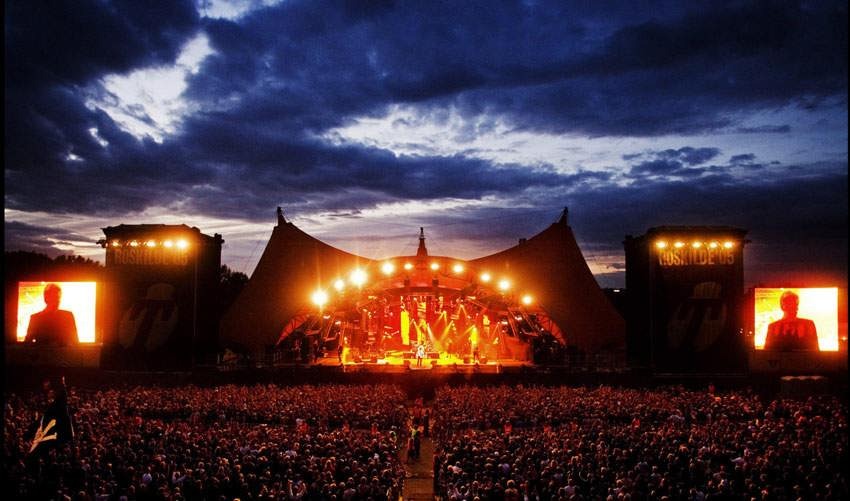
Roskilde Rock Festival
Copenhagen Jazz Festival
One of the most beautiful times to travel to Europe is when the Copenhagen Jazz Festival takes place. This spectacular and unique festival is held every year in July. The capital of Denmark is beautiful and spectacular in itself, with concerts and live music performances in the streets, creating a completely magical feeling for every traveler.
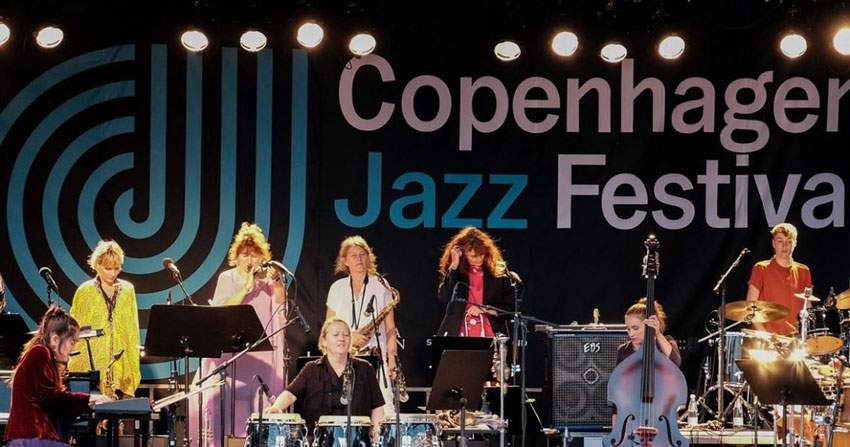
Copenhagen Jazz Festival
Skanderborg Festival
The Skanderborg Festival, which takes place right after the Raskilde Rock Festival in August, is another exciting rock event in Denmark. The most attractive aspect of it (apart from the big music groups that participate in it) is the venue itself. In this spectacular festival, live concerts and performances will be held next to a lake and near the dense forests of Skanderborg city, so that leading artists from all over the world will perform on stage with a special atmosphere.
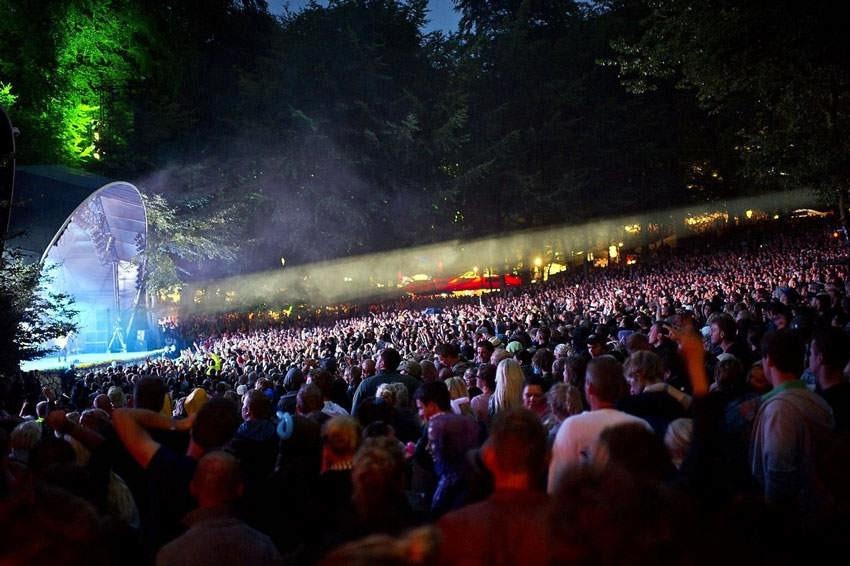
Skanderborg Festival
Aarhus Festival
Even if the Roskilde Rock Festival hosts the biggest concert in Denmark, Aarhus hosts the biggest annual festival in the world. In this 10-day festival, which is held from late August to early September, visitors can enjoy many attractions and sights from local music and dance performances to local exhibitions and delicious foods. This festival is held in various places of Aarhus city, including parks and meeting halls, churches and other public places.
Culture night in Copenhagen
A night of culture in the Danish capital can be a memorable and magical experience for anyone interested in history. Copenhagen Culture Night is a great celebration that takes place in the middle of October. More than 300 different cultural places from palaces, churches, halls and theaters, galleries and museums, etc. open their doors to the public. Some of these possibilities will be opened only on this night.
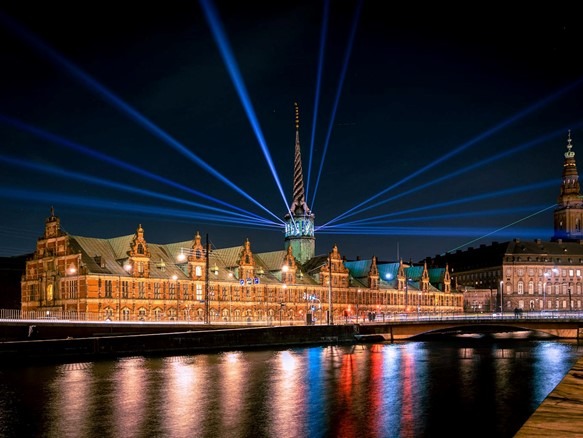
Culture night in Copenhagen
New Year’s Eve in Copenhagen
Although New Year’s celebrations are held all over Copenhagen, the most spectacular of these celebrations is held in Emliborg Square. Thousands of locals and foreign tourists gather to watch the fireworks and participate in this massive outdoor party. The Royal Guard Parade, which is part of the New Year celebrations, can be a unique experience and a great opportunity to get to know the Danish royal family and the royal rituals and ceremonies of this beautiful country.
Winter Jazz Festival
By participating in the winter jazz festival, which is held during the winter holidays, you can enjoy listening to music in a warm and exciting atmosphere in the heart of the cold. This 10-day festival is held between January and February, and dozens of cities host concerts and live performances of this festival. This festival has become so popular that now some of its events are held in several other countries in the Scandinavian region.
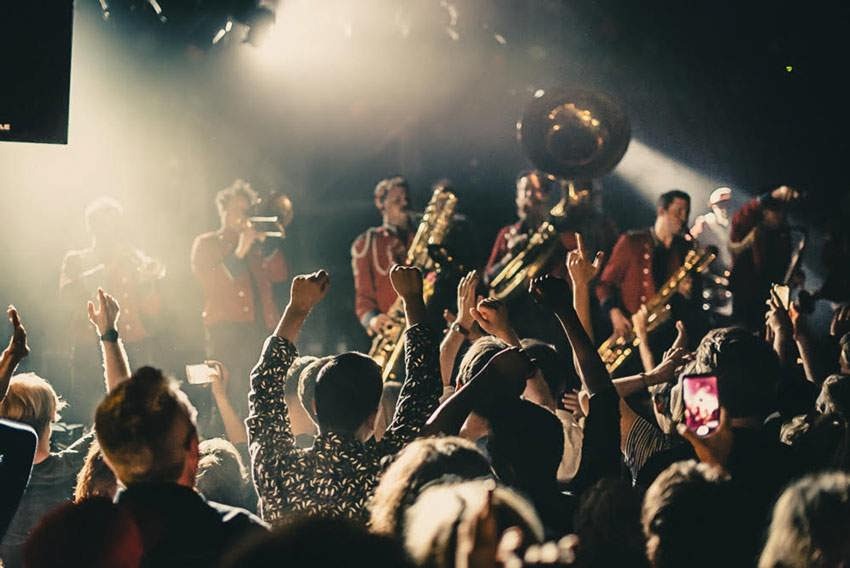
Winter Jazz Festival
Danish celebrities
- Hans Christian Andersen: Danish writer and author of famous stories such as “Fairies” and “The Crab Prince”.
- Søren Kierkegaard: Danish philosopher and writer who is considered one of the greatest philosophers of the early 19th century.
- Niels Bohr: Danish physicist known for his work in the field of quantum mechanics and receiving the Nobel Prize in Physics.
- Mergerte Etfel: Danish painter known for his works in the field of painting and graphics.
- Fredriksburg: Danish poet and writer known for his works in poetry and fiction.
- Lars von Trier: Danish film and theater director known for famous films like “The Celebration” and “Melancholia”.
- Holger Hansen: Danish writer known for the novel “Hunger”.
- Carl Nielsen: Danish composer and one of the greatest symphonic composers of the 20th century.
- Turbin Weil: Danish actor who has acted in famous movies like “Casino Royale” and “The Hunt”.
- Margaret II of Denmark: the current queen of Denmark, who is known as one of the celebrities of this country.
And finally that
Denmark is one of the most beautiful countries in the world with wooden buildings, traditional cottages, stone and ancient churches, museums and galleries, palaces, castles and ancient mansions and very rich and stunning natural scenery, which has become one of the most visited places in the world. In addition, Danish cities have the highest standards in terms of quality of life, urban infrastructure, fair distribution and environmental sustainability and other indicators in the world. Apart from this, cultural features such as Hoge have made the name of Denmark more popular among foreign tourists.
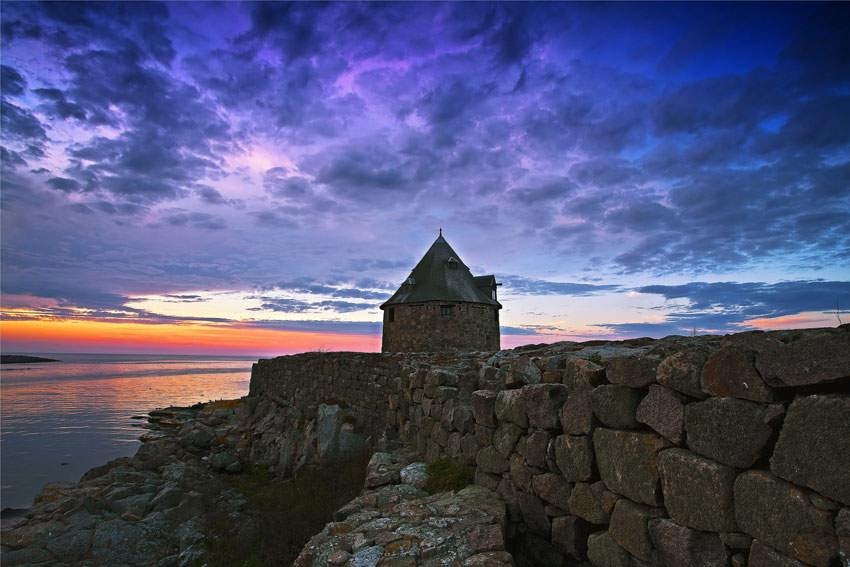
Denmark
With these interpretations and what we have presented to you in this article, a trip to Denmark can definitely become one of the most memorable trips for any traveler with proper planning. Obviously, the sights and attractions of Denmark are much more than they can be included in a brief article. However, in this article, we tried to provide the most necessary information for traveling to Denmark. We hope this article of Alibaba tourism magazine has been of interest to you.

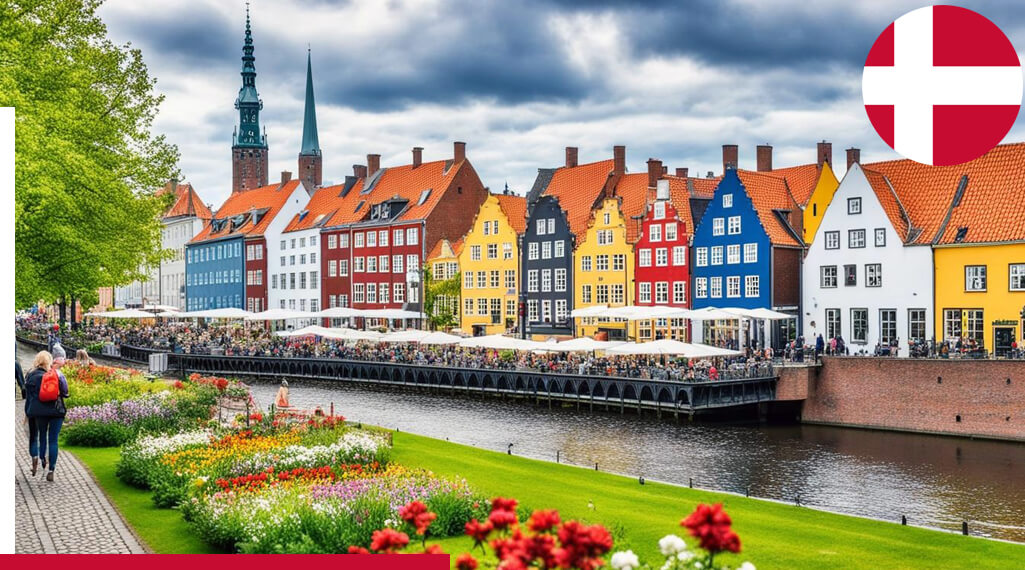
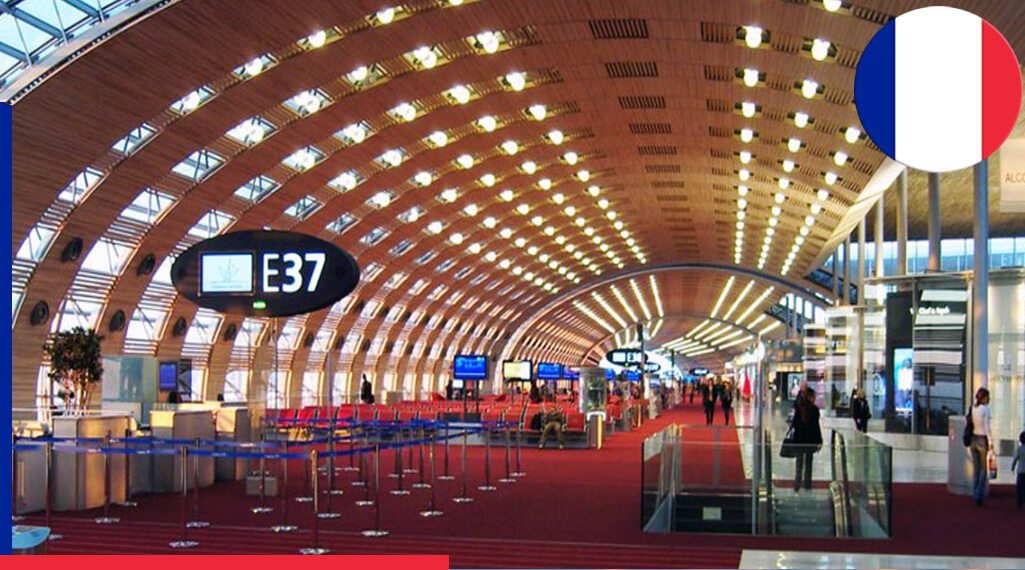
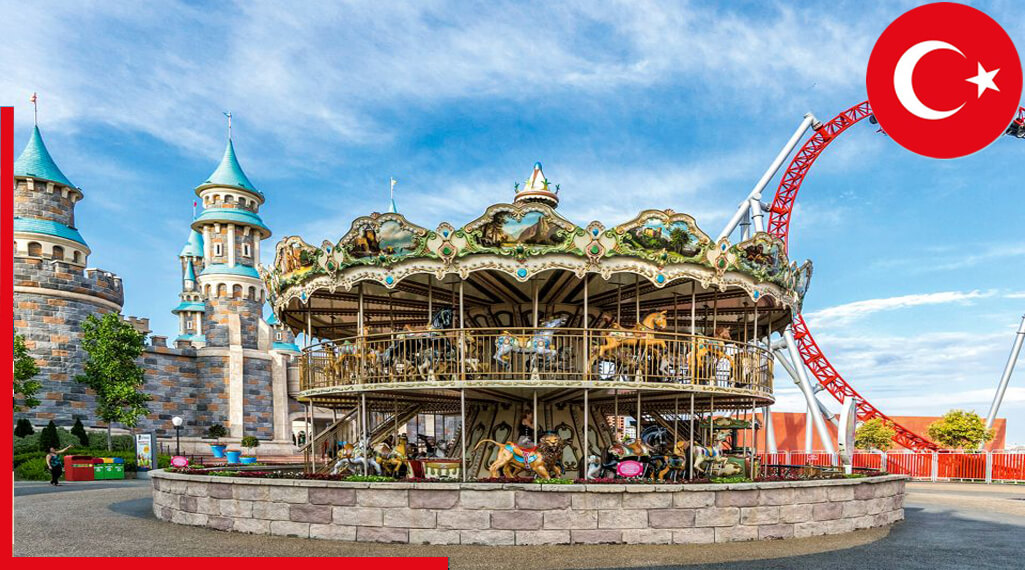
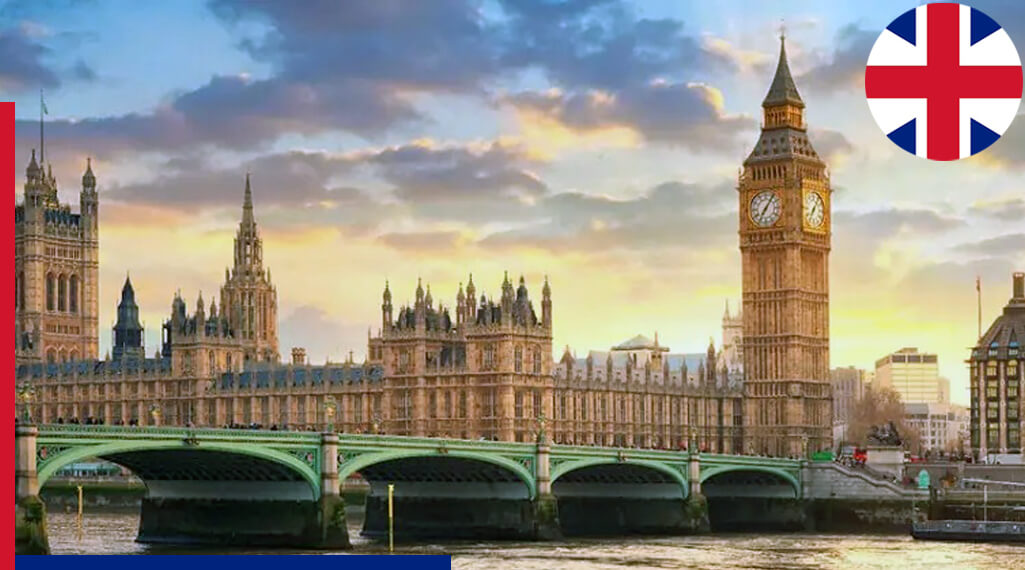
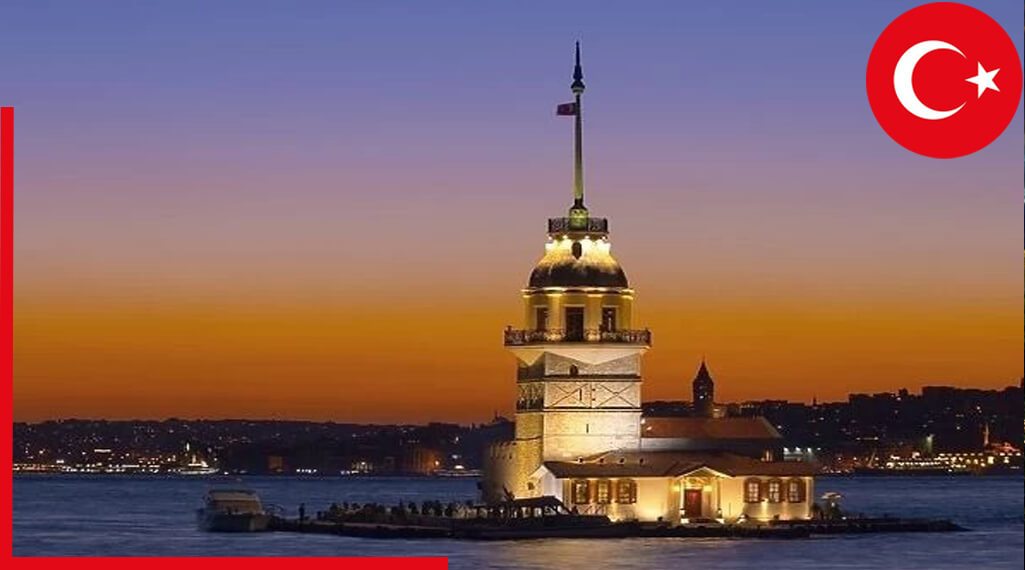
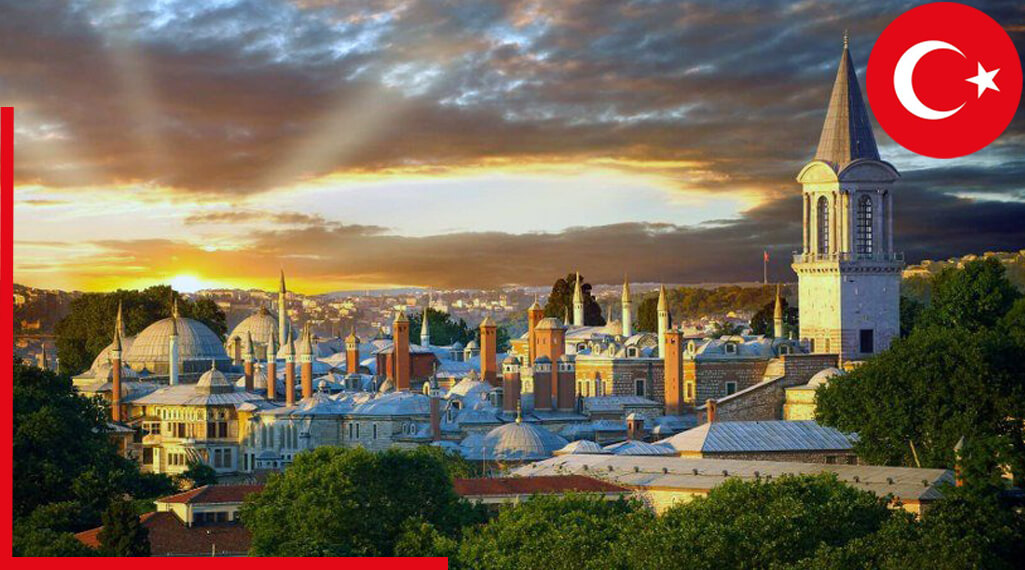
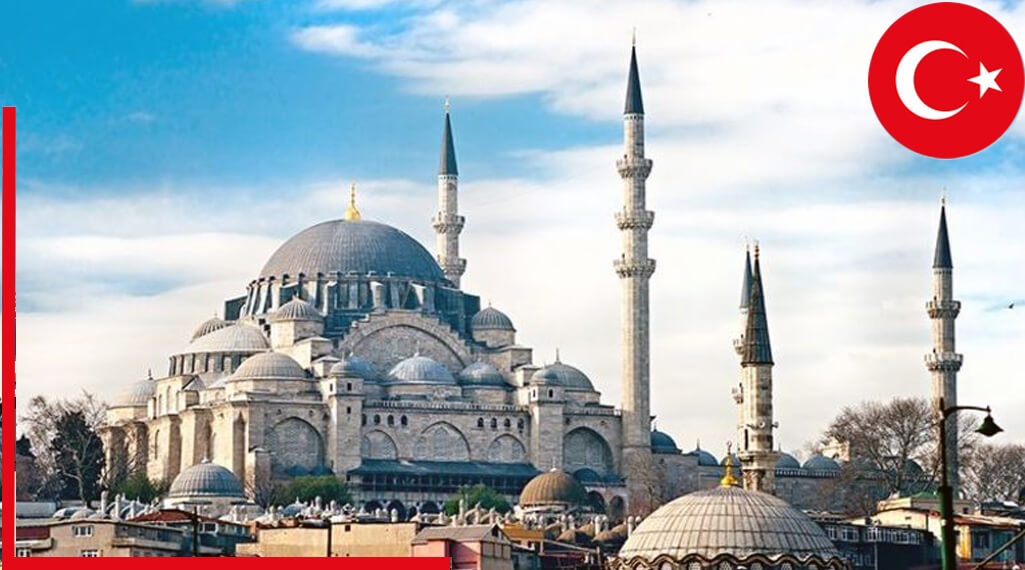
Recent Comments